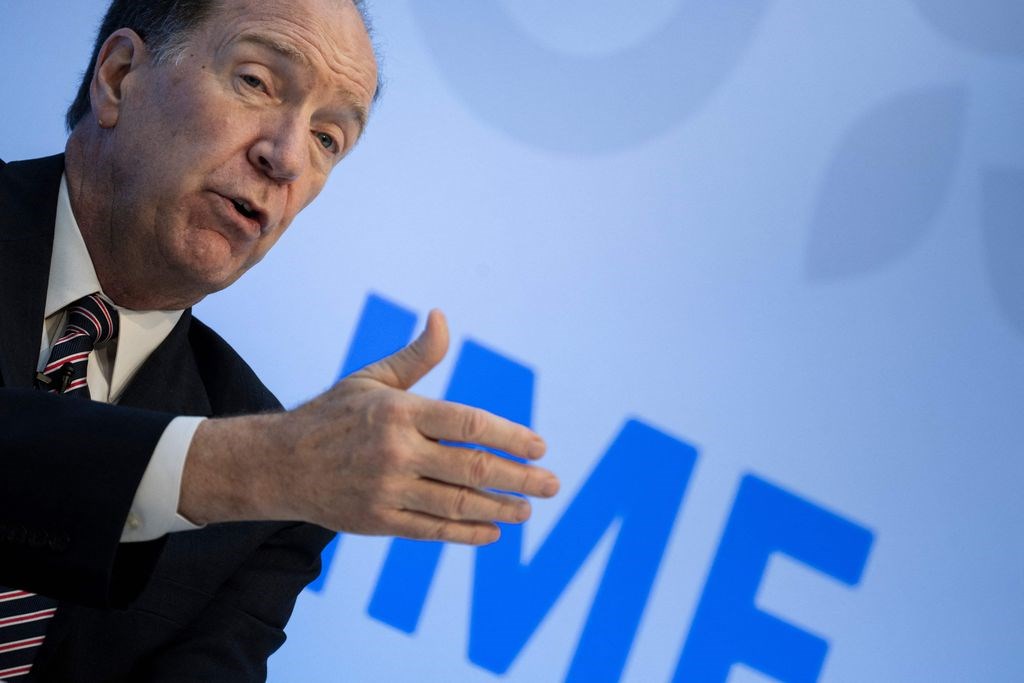Real success at COP27 depends on real emissions cuts now.
 Image by Brendan Smialowski/AFP via Getty Images
Image by Brendan Smialowski/AFP via Getty Images
11/07/2022
The Boston Globe
By Juliette N. Rooney-Varga and Mathew Barlow
As world leaders meet for the COP27 United Nations climate talks in Sharm El-Sheikh, Egypt, the scientific and policy consensus on what they need to do is clear. The UN’s own international body of thousands of scientists states that human influence on the climate is “unequivocal” and “unprecedented.” Without strong and rapid action to limit emissions of heat-trapping gases now, the pace and scope of damaging climate impacts will accelerate and quickly become unmanageable.
Scientists use many approaches to describe the scale and urgency of emissions cuts needed to protect the climate. But one has gained traction since last year’s UN climate talks in Glasgow: The world needs to reach “net-zero” emissions by 2050. Put simply, net zero means that any emission of heat-trapping gases into the atmosphere must be balanced by their removal.
At least 140 countries and hundreds of cities, businesses, and universities have made net-zero pledges. These pledges cover almost 90 percent of global emissions. But does that mean the world is on track to protect the climate? So far, the answer is no, because if, when, and how net zero is reached matters.
If: Most net-zero pledges aren’t backed up by concrete action or plans.
Net-zero pledges by the world’s two highest-emitting countries, the United States and China, are ranked below acceptable. China pledges to reach net zero by 2060 but continues to grow its annual output of coal, the most climate-polluting fossil fuel. In the United States, the Inflation Reduction Act includes the most ambitious federal climate action to date and is welcome progress. Estimates of its impact on emissions differ, but all find it fails to meet our 2050 goals without additional action by individual US cities and states. Of 140 countries with net-zero pledges, only 32 have comprehensive plans to achieve those goals.
How: The carbon bathtub
Like water pouring into a bathtub, carbon dioxide builds up in the atmosphere if its inflows, or emissions to the atmosphere, exceed its outflows, or removals from the atmosphere. The level of carbon dioxide stops rising when emissions to the atmosphere are matched by removals — or when emissions are net zero. But that level depends on how and when net zero is achieved. The longer water pours into a tub faster than it drains out, the higher the water will rise. In the same way, the long-term level of carbon — and the climate damage it causes — depends on how much and for how long emissions exceed removals. So, cutting emissions now matters more than cutting them later because immediate action means lower carbon levels long-term. But most net-zero pledges lack concrete plans about near-term action.
All net-zero pledges rely on removals, but in the real world pledges cannot be achieved without getting as close to real zero as possible. In theory, this can be achieved by cutting emissions, increasing removals, or doing some combination of both. But most countries’ net-zero pledges count on unfeasibly high removals or — worse — don’t specify how much they are cutting real emissions vs. relying on hoped-for removals. In 2021, burning coal, oil, natural or fossil gas, and wood emitted about 36 billion tons of carbon dioxide.
The amount removed from the atmosphere by direct air capture, or DAC, technology in 2021 was 9 seconds’ worth of those emissions. And most of that carbon dioxide was released back to the atmosphere. Optimistic projections suggest DAC could remove up to 980 million tons of carbon dioxide per year by 2050. But even that drain on the carbon bathtub would be less than 3 percent of today’s emissions through an expensive energy- and water-intensive industrial process.
The appeal of planting trees as a “green” way to soak up carbon from the atmosphere is intuitive. But the carbon bathtub rises unless carbon is permanently removed at the same time that it’s added to the atmosphere. Trees planted today take decades to grow large enough to capture significant amounts of carbon. And carbon captured by trees is emitted back to the atmosphere if trees are harvested, burned, or decompose.
When: COP27 as an opportunity to accelerate meaningful climate action
COP27 will bring new net-zero pledges and plans. But real success at COP27, and for climate action at home, depends on real emissions cuts now. We all need to hold leaders accountable by asking if, how, and when their plans will stop carbon in the atmosphere from rising. Policies that save money and cut emissions today make more sense than policies that spend money on questionable removals later.
Juliette N. Rooney-Varga is the director of the Climate Change Initiative and co-director of the Rist Institute for Sustainability and Energy at the University of Massachusetts Lowell. She is participating in COP27, where she will present her work on simulation-based learning and decision support. Mathew Barlow is a professor of climate science at the University of Massachusetts Lowell Climate Change Initiative and a lead author for the Intergovernmental Panel on Climate Change Sixth Assessment Report.
